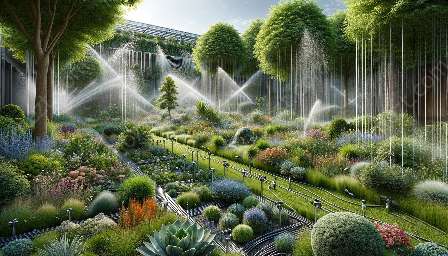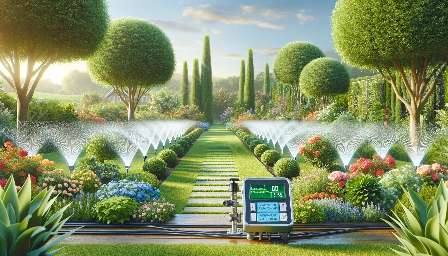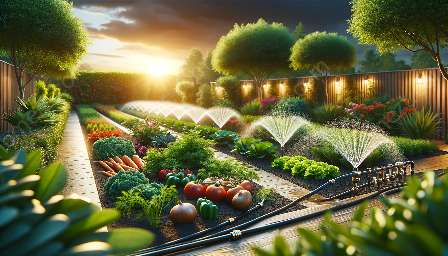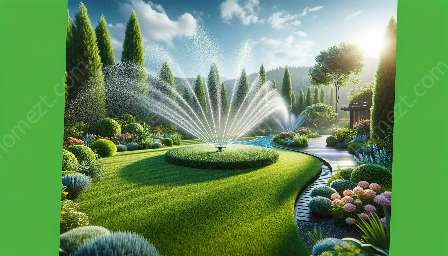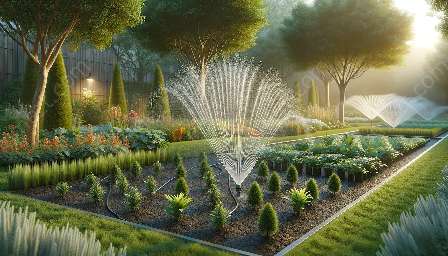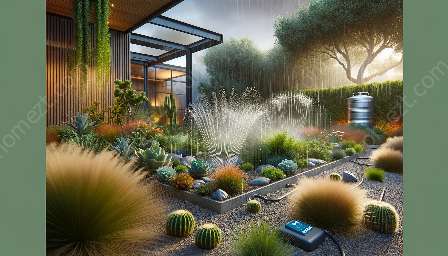Proper watering frequency is crucial for the health and vitality of your garden and landscaping. This comprehensive guide will explore the factors that influence watering frequency, various watering techniques, and practical tips to ensure your plants thrive.
The Importance of Watering Frequency
Water is vital for the growth and well-being of plants. Determining the ideal watering frequency is essential to maintain a healthy root system and promote lush foliage and vibrant blooms. Understanding the specific needs of your plants and the environmental factors that influence water loss and absorption is crucial for successful gardening and landscaping.
Factors Affecting Watering Frequency
Several key factors influence the ideal frequency of watering:
- Plant Type: Different plant species have varying water requirements. Understanding the specific needs of each type of plant in your garden is essential for effective watering management.
- Soil Type: Soil composition affects water retention and drainage. Sandy soils drain faster, requiring more frequent watering, while clay soils retain moisture longer, necessitating less frequent watering.
- Climate: Environmental conditions such as temperature, humidity, and wind affect water evaporation and plant transpiration rates, directly impacting watering frequency.
- Seasonal Variations: Plants have different water needs during various seasons. Adjusting the watering frequency based on seasonal changes is crucial for plant health.
Watering Techniques
Utilizing the right watering techniques can help maximize water efficiency and ensure optimal plant health. Here are some effective watering techniques:
Deep Watering:
This technique involves providing a thorough soaking to encourage deep root growth and reduce surface evaporation. It is particularly beneficial for trees, shrubs, and deep-rooted plants.
Drip Irrigation:
Drip irrigation delivers water directly to the base of plants, minimizing water loss due to evaporation and ensuring targeted hydration.
Soaker Hoses:
These hoses deliver water directly to the soil, ensuring efficient and uniform watering across the garden or landscape.
Hand Watering:
Hand watering allows for precise control over water distribution, making it ideal for potted plants and delicate flowers.
Optimizing Watering Frequency
Follow these tips to optimize watering frequency:
- Observe Plant Signs: Monitor your plants for signs of stress such as wilting or yellowing leaves, which may indicate the need for more frequent watering.
- Water in the Morning: Watering in the early morning reduces water loss due to evaporation and provides plants with ample hydration for the day.
- Use Mulch: Applying a layer of mulch retains soil moisture, reducing the need for frequent watering and protecting plant roots from extreme temperatures.
- Water Infrequently but Thoroughly: Deep, infrequent watering encourages robust root development and reduces water wastage.
- Consider Microclimate: Understand the unique environmental conditions in different areas of your garden or landscape, adjusting watering frequency as needed based on these microclimates.
Conclusion
Watering frequency is a critical aspect of successful gardening and landscaping. By considering plant needs, environmental factors, and effective watering techniques, you can optimize watering frequency to promote healthy, vibrant plant growth. Implementing the right watering practices will contribute to the beauty and sustainability of your garden and landscape.

